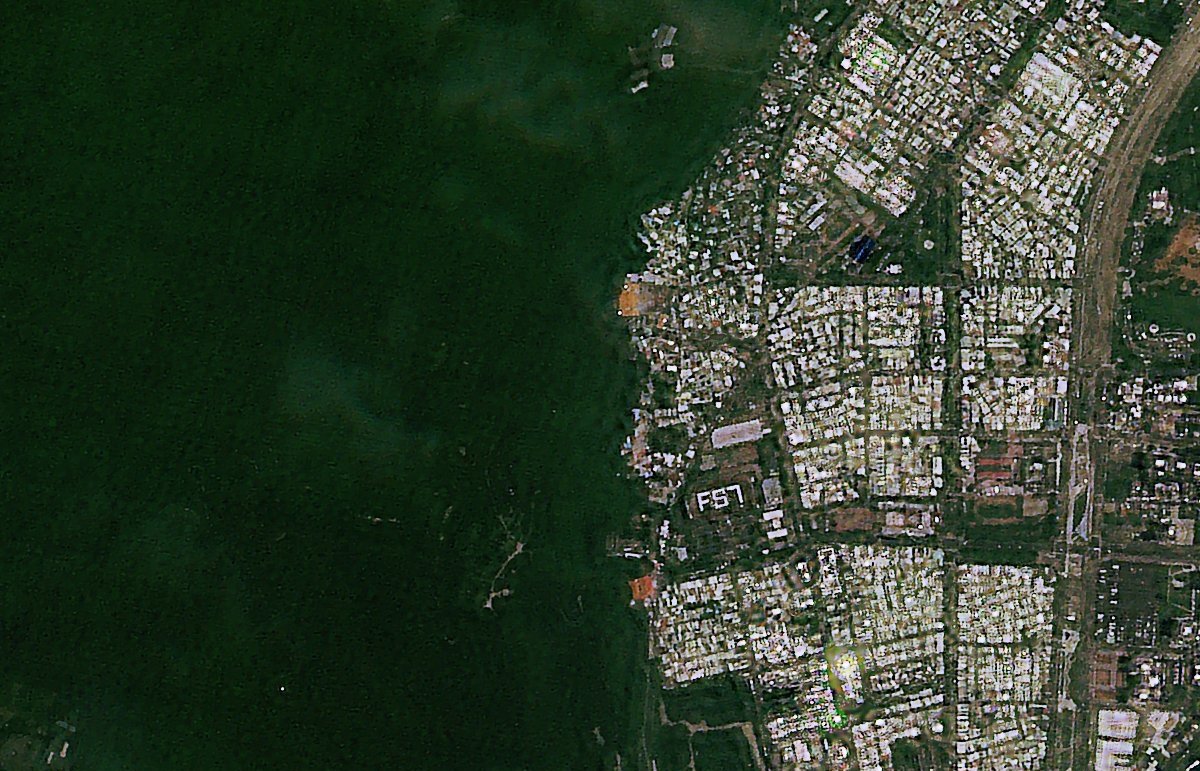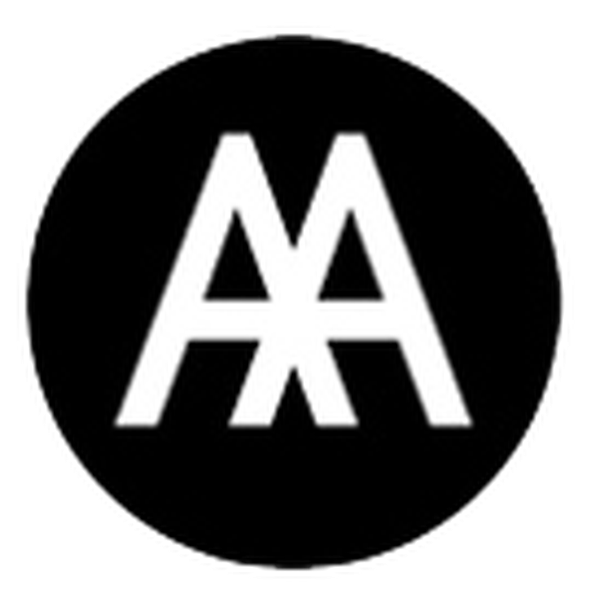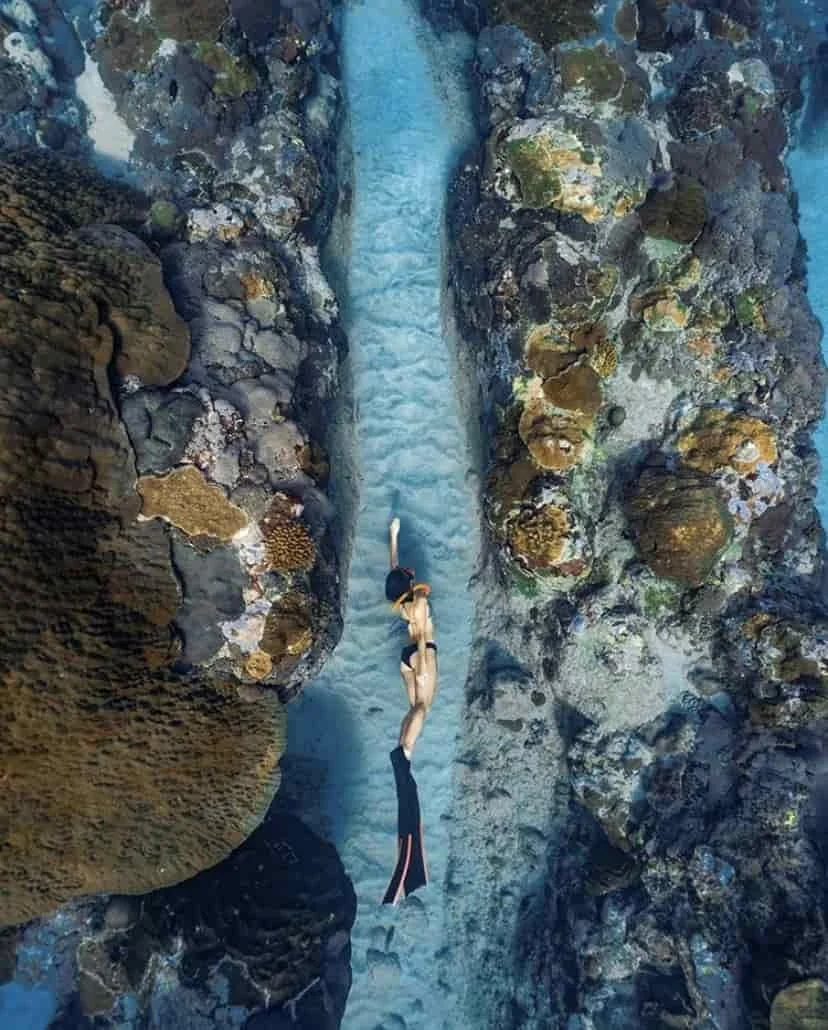
Join our research expeditions
TAIWAN
August 18 - 31, 2025
Orchid Island, Kenting National Park, Little Liuqiu Island
AAVS Taiwan 2025 will bring together policymakers, NGOs, marine conservationists, ecologists, sustainable energy researchers, artists, architects, and urban planners to explore the contradictions and symbiosis between energy transition and ocean conservation. As the world accelerates toward net zero—seen in the EU’s 2050 pledge and Taiwan’s shift from nuclear to renewables—the demand for critical minerals like cobalt, lithium, and rare earths is surging. Deep-sea mining, now at the center of geopolitical and environmental debates, has raised concerns over irreversible damage to fragile marine ecosystems. With the International Seabed Authority granting 31 exploration licenses and new regulations expected by 2025, calls for a moratorium are growing.
Central to this discourse is the Common Heritage of Humanity, a principle embedded in international maritime law, the UN Convention on the Law of the Sea, the Treaty on the Non-Proliferation of Nuclear Weapons, and space treaties. From its Roman legal origins to Immanuel Kant’s philosophy, this concept has historically justified both protection and exploitation of shared global resources. How has it shaped modern governance, urbanization, and sustainability? AAVS Taiwan 2025 will critically examine its implications, questioning whether it safeguards global equity or enables new forms of resource colonization.
-
As part of AAVS Taiwan 2025, we will travel across three key island sites—Orchid Island, Kenting, and Little Liuqiu—to investigate the tension between ecological preservation, indigenous heritage, and energy politics. We begin on Orchid Island, home to the Tao tribe and site of Taiwan’s low-level nuclear waste storage, examining the impact of pollution and tourism on its fragile ecosystems. We will be diving / snorkelling to see the famous coral reef of western Pacific Ocean, exploring the aboriginal Tao villages, and visiting the Low-Level Radioactive Waste Storage Site of the island.
In Kenting, Taiwan’s first national park, we will study the paradox of nature conservation beside a nuclear power plant slated for decommissioning. We will visit the last nuclear power plant of Taiwan that is decommissioned in 2025.
Finally, at the fishing port of Tunggang and the island of Little Liuqiu, we will explore the religious culture shaped by maritime history in Tunggang, and then trace Liuqiu island’s colonial past and its present struggle with coral reef decline due to mass tourism.
These sites will serve as living laboratories where architecture, policy, and ecology converge.
Through site visits and dialogue with local communities and experts, we will question how urban futures can be imagined from the perspective of the ocean, and how energy transition efforts may clash with the Common Heritage of Humanity. -
The programme is open to current architecture, art, film, and design students, PhD candidates and young professionals. AAVS Taiwan is welcoming students from all disciplines with curiosity and creativity to join our research.
-
- 1 booklet, a portfolio which records and explains the creation process of the project. The portfolio must contain at least 12 A3 pages that display the result of daily experiments , and at least 1 A3 page that displays the final outcome of the project. Each page must have photos and written descriptions.
- 1 short experimental film no longer than 3 mins showcasing the concept or 1 art installation. Both productions requires utilisation or rethinking of marine waste as a bridge between the ocean and the city.
- 1 exhibition, which will deliver and communicate the project to the public. This exhibition will help participants to think how to transform their work into a format that creates connections with the public.
China
July 21 - August 10, 2025
Yantai and Xiamen
Urbanity From the Ocean: China, embarks on a journey across two coastal legacies — Yantai in the north and Xiamen in the south — both shaped by the tides of the ancient Maritime Silk Road and the dynamics of contemporary global trade.
In Yantai, where maritime life has thrived since 2000 BC, the historic port stands as a living archive of cultural exchange across East Asia. Once a vital node connecting China with Japan and Korea, Yantai today forms part of a thriving port cluster with Qingdao, Rizhao, Weihai, and Busan — moving 1.71 billion tonnes of goods in 2023 alone. While the new port drives economic growth and urban transformation, the old harbour, a UNESCO heritage site, draws millions of visitors to its centuries-old streets, even as its authenticity is debated amid rising commercialisation.
In contrast, Fujian’s Golden Triangle — the ports of Xiamen, Quanzhou, and Zhangzhou — once shimmered as the East’s gateway to the Roman Empire. Quanzhou, famed as Zaytun, was a vibrant medieval hub where Marco Polo encountered global cultures in motion. Today, this region reinvents itself as a modern trade engine for goods from electronics to petrochemicals, anchored by a national strategy to enhance maritime infrastructure and manufacturing.
Through fieldwork, analysis, and design experimentation, we will examine how ancient maritime heritage can inspire new forms of urbanity — seeking innovative, resilient models for coastal futures in the wake of historical flows and strategic trade networks.
-
Spanning 21 days, this AAVS programme invites participants to travel between the northern city of Yantai and the southern city of Xiamen to explore their intertwined heritage with the ancient Maritime Silk Road and their emerging urban identities shaped by contemporary geoeconomic forces.
-
AAVS UFO China is welcoming students from all disciplines with curiosity and creativity to join our research.
-
Each team must produce:
- 1 Video: a 3 min video that documents both ports and explains the concept of the project .- 1 large scale drawing to illustrate the proposal linking both cities.
- 1 exhibition that delivers the project to the public. This exhibition will help participants think of strategies in transforming their work into a format that creates connection with the public.



